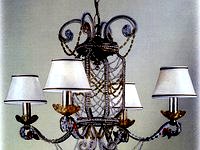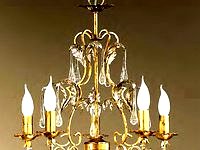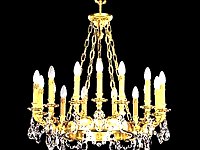Florence and origins of the kitchen
In the history surrounding the origins of the kitchen, cooking food has
been elevated from necessity to art form with the honing of technological
and mechanical expertise, united in the pursuit of utility that is equally
discernible as beauty. Florence and Tuscany played a crucial role in this,
given that research and studies were conducted in the field by figures
such as Leonardo da Vinci, Leon Battista Alberti and Francesco di
Giorgio Martini, as well as blacksmiths and chimney manufacturers, all
representatives of a culture in which technical and artistic interests have
always been inextricably linked.
Since the Renaissance, metalworking has always been one of the
excellences in Florentine art and craftsmanship, as evidenced by the
bronze masterpieces at the Bargello Museum, in the Loggia del Lanzi
and in the city’s churches. Florence was a place where artists such
as Ghiberti, Donatello, Cellini and Giambologna forged their bronze
showpieces. Bronze sculpture reached its height in Florence between
the late seventeenth and early eighteenth centuries, at the time of the
last Medici grand dukes, when the art became the object of important
commissions by rulers and nobles across Europe. As diplomatic gifts,
these bronze sculptures established exquisite Florentine taste on the
international stage.
In contemporary Tuscany, by means of constant research entwined
with a devotion to the very best traditions, kitchens continue to be
manufactured that enjoy worldwide acclaim, derived from the finest
materials, artisanal methods and an innate love of beauty that underpins
the process from design to construction. The ethos of Officine Gullo
embraces the best that modern technology can provide, while the
overall aesthetic respects centuries-old traditions. The kitchens
accommodate professional cooking systems while remaining homely
spaces where food is served and shared.
ITALIAN HERITAGE | 9
8 | ITALIAN HERITAGE







